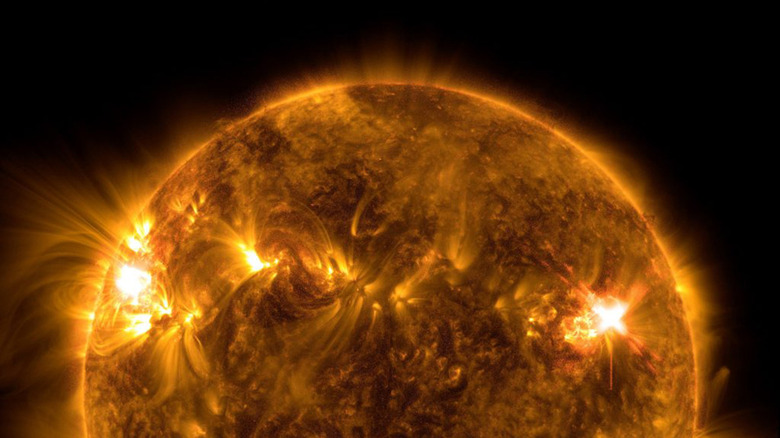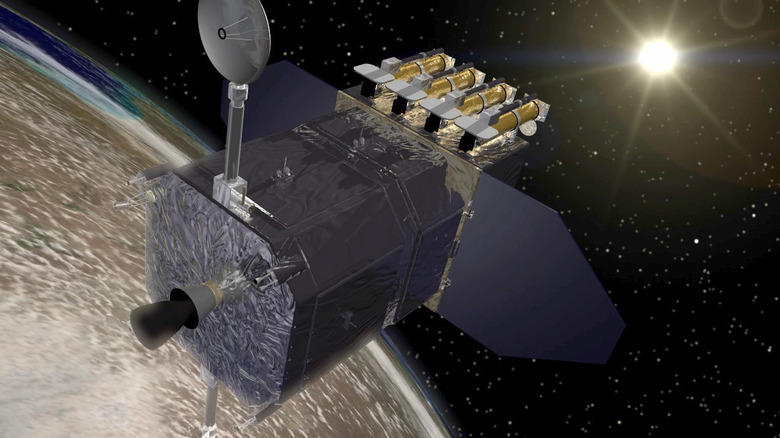How Deepfakes Are Helping Unlock The Sun's Hottest Secrets
Most of the time you hear discussion about AI and deepfakes, it is in terms of the damage it could do via propaganda or manipulating the news. But it isn't all bad — recently, scientists have found a way to use AI-generated "deepfakes" of the Sun to learn more about our home star.
Presented at the National Astronomy Meeting 2023 in Cardiff, U.K., it was produced by a collaboration of researchers from Northumbria University in the U.K. and the University of Bern in Switzerland. It focused on the upper part of the Sun's atmosphere, called the corona, which is far hotter than the lower layers of the atmosphere and even hotter than the Sun's surface.
You might expect that the surface would be the hottest part of the Sun, with lower parts of the atmosphere being hotter than higher parts. Yet, researchers still don't have a definitive answer to why the corona is so hot. So the researchers used data from NASA's Solar Dynamics Observatory to look at a phenomenon called coronal rain, which could help explain the heat.
"We are living in a golden age for solar research," said lead researcher Luke McMullan. "Not only are we obtaining access to more high-resolution images of the solar atmosphere than ever before, but the rapid development and implementation of machine learning techniques in tandem with these observations allow us to find answers to problems that have hounded the community for decades."
How AI helped uncover the sun's secrets
The coronal rain that the researchers wanted to investigate is loops of material called plasma which is sent out from the Sun's surface and reaches out through the layers of its atmosphere before falling back to the surface again. These loops are generated along magnetic field lines and could help to explain how thermal energy moves throughout the Sun's atmosphere.
The only problem is that this rain is often obscured by other materials. As the plasma in the loops is often cooler than the material around it, it is particularly hard to see. So the researchers combined two sets of data, from the Atmospheric Imaging Assembly (AIA) aboard NASA's Solar Dynamics Observatory and NASA's Interface Region Imaging Spectrograph (IRIS). Then, they used an AI algorithm to enhance images to create "deepfakes" of the details which were mostly hidden.
The IRIS images were high definition and showed the rain well, but they were fewer in number, while there were many AIA images but they were low quality. By combining the two using AI, the researchers could see the loops of corona rain to help investigate this phenomenon further. They produced a series of images that could help uncover the mystery of the Sun's hot corona.
"We anticipate this collaboration between observations and machine learning only to grow deeper and become a staple tool in our scientific arsenal," Luke McMullan said.

